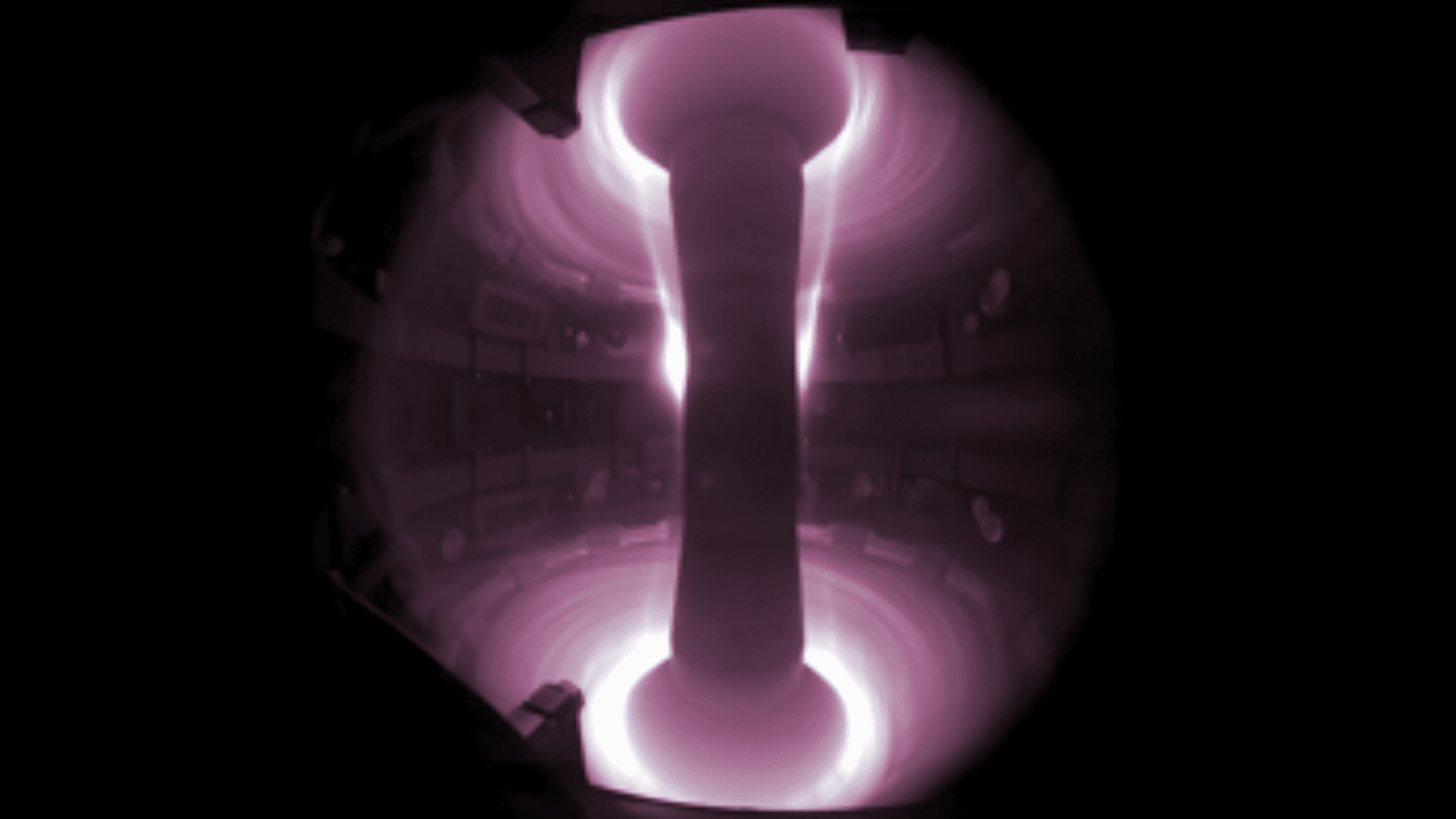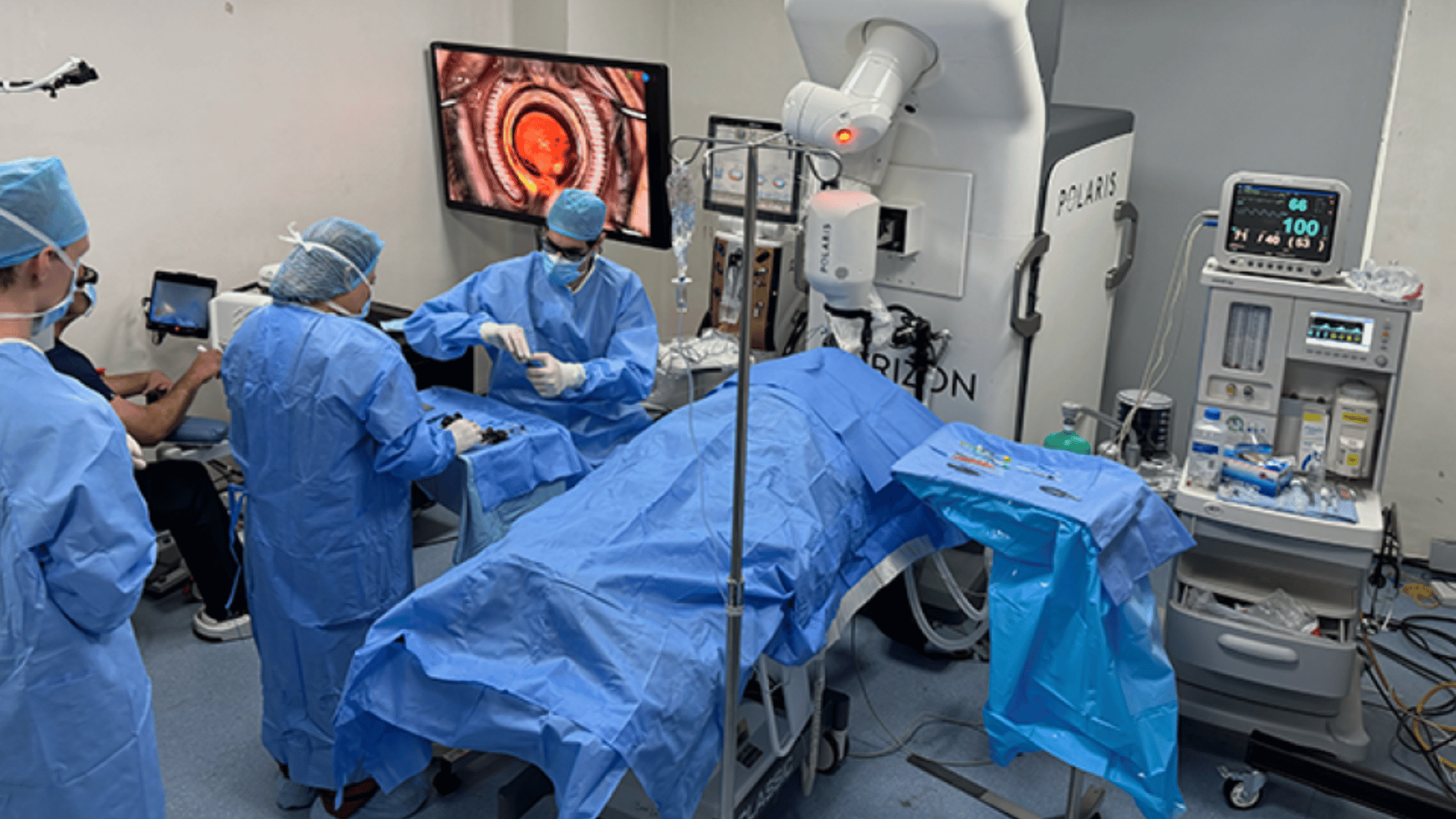Fusion energy research is advancing with the help of scientists at the UK Atomic Energy Authority (UKAEA). In particular, the development of spherical fusion devices called tokamaks. Scientists developed spherical tokamaks that are compact and efficient. They achieved this using the Mega Ap Spherical Tokamak (MAS) Upgrade.
Most notably, the breakthrough involves plasma stability. According to researchers, the study has addressed critical challenges in creating a sustainable fusion power plant.
Fusion requires containing a superheated plasma within the tokamak. If the plasma’s current, pressure, or density is too high, it becomes unstable. As a result, the risk of damage and performance reduction increases. For example, an instability known as Edge Localized Modes (ELMs) occurs at the plasma’s edge, which poses a challenge to the inner components of future power plants.
UKAEA researchers demonstrated the complete suppression of ELMs in MAST Upgrade for the first time in a spherical tokamak. This was achieved using Resonant Magnetic Perturbation (RMP) coils to apply a small 3D magnetic field at the plasma edge. As a result, the plasma is stabilized.
Innovations in Plasma Exhaust and Performance

In addition, the team achieved a world first in plasma exhaust management. The tokamak’s exhaust system, or divertor, handles the heat and particles ejected from the plasma. Researchers demonstrated the ability to independently control the plasma exhaust in the upper and lower divertors without impacting the plasma’s performance or density. In the future, this control could enhance the flexibility and robustness of fusion power plant operations.
Researchers also experimented with injecting nitrogen at the plasma edge. This technique evenly distributes energy across plasma-facing components. As a result, it prevented heat concentration, signaling a new path for power management in compact spherical tokamaks.
Moreover, the MAST Upgrade achieved a record power injection of 3.8 megawatts into its plasma. Researchers achieved this using neutral beam heating, which supports higher-performance scenarios.
“I’m delighted with the ground-breaking findings from our team at UKAEA,” said Fulvio Militello, Executive Director of Plasma Science and Fusion Operations at UKAEA. “These achievements reinforce the UK’s leadership in fusion research and bring us closer to realising fusion as a clean, safe, and abundant energy source for the future.”







